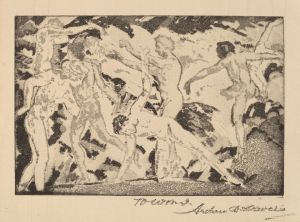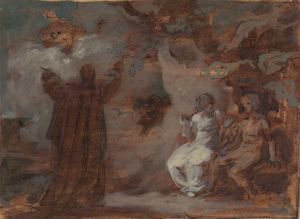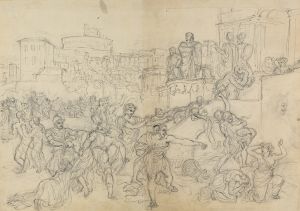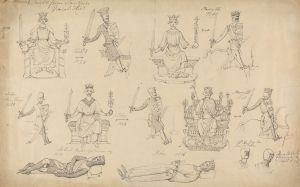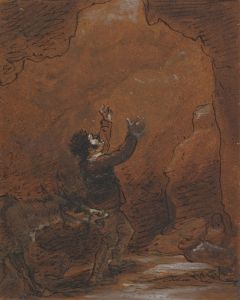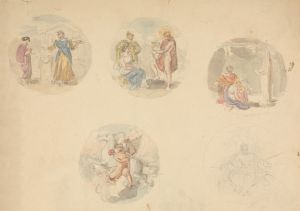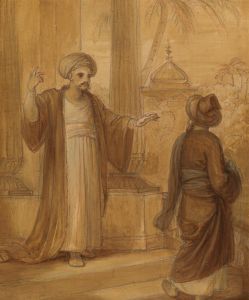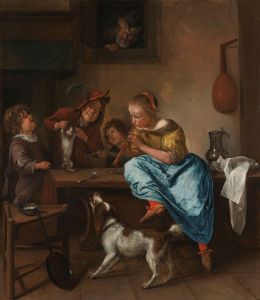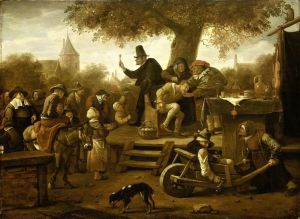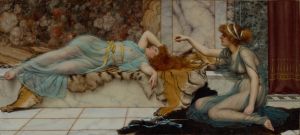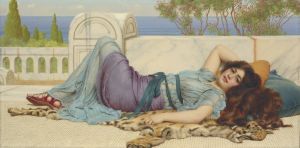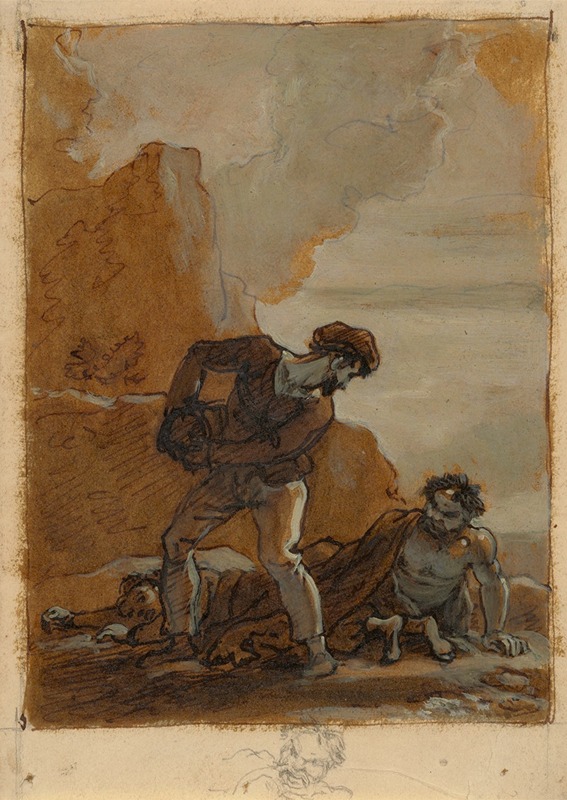
Stephano and Trinculo with Caliban
A hand-painted replica of Robert Smirke’s masterpiece Stephano and Trinculo with Caliban, meticulously crafted by professional artists to capture the true essence of the original. Each piece is created with museum-quality canvas and rare mineral pigments, carefully painted by experienced artists with delicate brushstrokes and rich, layered colors to perfectly recreate the texture of the original artwork. Unlike machine-printed reproductions, this hand-painted version brings the painting to life, infused with the artist’s emotions and skill in every stroke. Whether for personal collection or home decoration, it instantly elevates the artistic atmosphere of any space.
"Stephano and Trinculo with Caliban" is a painting by the British artist Robert Smirke, created in 1799. The artwork is based on characters from William Shakespeare's play The Tempest, specifically from Act II, Scene II. In this scene, the characters Stephano, Trinculo, and Caliban interact in a comedic and chaotic moment that highlights themes of power, servitude, and drunken revelry.
Robert Smirke (1753–1845) was a prominent English painter and illustrator known for his works inspired by literature, particularly Shakespearean plays. He was a member of the Royal Academy and gained recognition for his narrative style, which often depicted scenes from well-known literary works. Smirke's ability to capture the humor and drama of Shakespeare's characters is evident in this painting.
The composition of "Stephano and Trinculo with Caliban" reflects Smirke's attention to detail and his skill in portraying character dynamics. Caliban, a native of the island and a central figure in The Tempest, is depicted in a subservient and grotesque manner, consistent with his portrayal in the play. Stephano and Trinculo, a drunken butler and a jester, respectively, are shown in a moment of comic absurdity as they interact with Caliban. The painting captures the humor and tension of the scene, emphasizing the absurdity of the trio's relationship.
The artwork is an example of the 18th-century fascination with Shakespeare and the broader cultural movement to celebrate his works through visual art. During this period, many artists sought to interpret Shakespeare's plays, and Smirke's painting is part of this tradition. His work contributed to the visual legacy of Shakespeare's characters, influencing how audiences imagined and understood them.
The painting is currently housed in the Yale Center for British Art in New Haven, Connecticut. It remains an important example of how Shakespeare's works have inspired visual art and how artists like Smirke brought literary characters to life through their interpretations.
This artwork is notable for its historical and cultural significance, as it reflects both the enduring popularity of Shakespeare's plays and the artistic trends of late 18th-century Britain.





